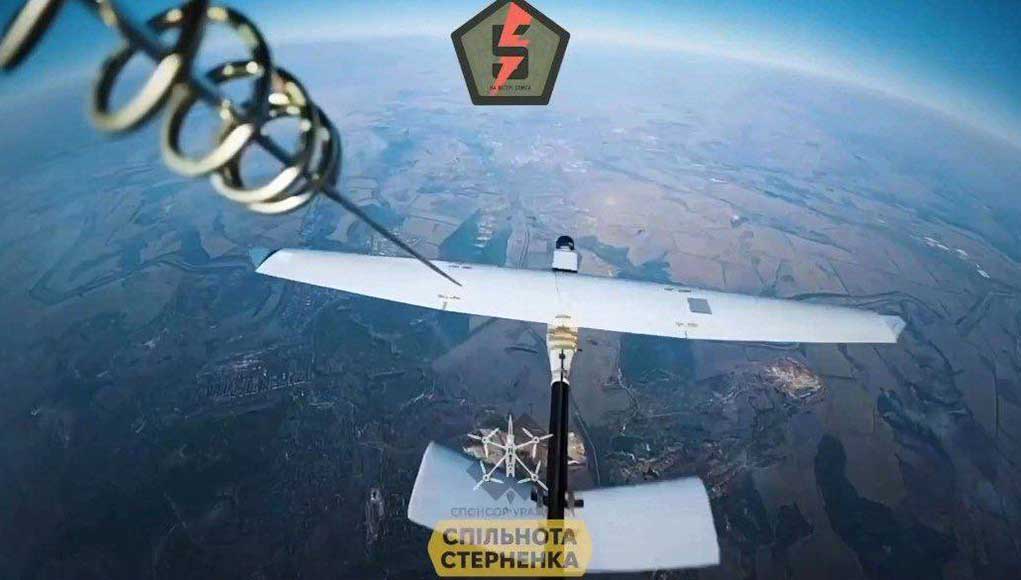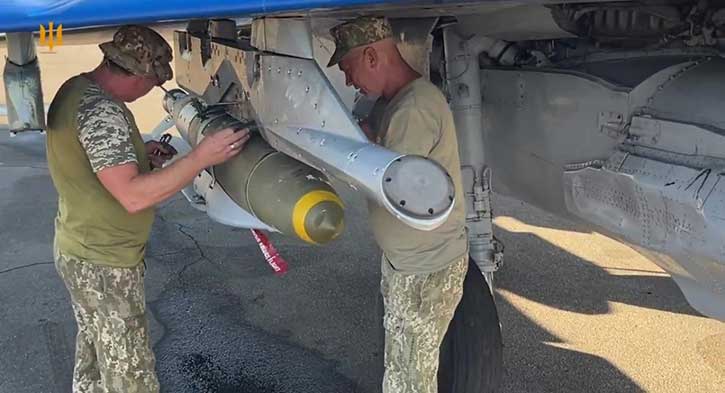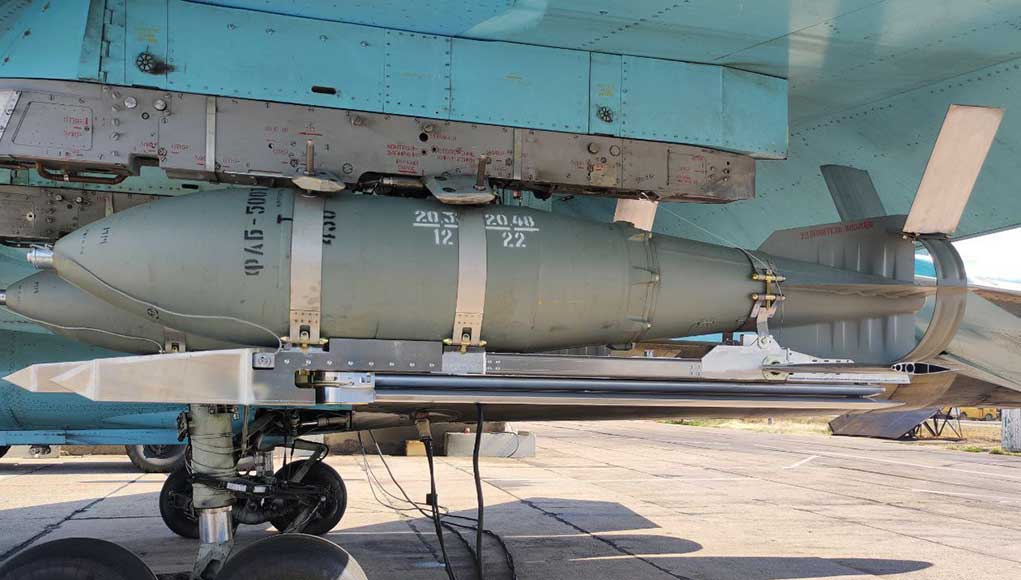Defense-Update from the Russo-Ukraine War. Following are some of this week’s military technology news highlights from the Russo-Ukraine conflict
Ukrainian Forces and Russian Laser Threats
Ukrainian sources have reported sightings of green light rays on the battlefield, which were identified as a new threat from Russian forces. These rays, visible only at night, are thought to be emitted by an EO/IR payload developed by Russian drone maker ZALA. The Z-16IRQ-V/L uses an HD thermal imager and a video camera with an integrated laser rangefinder and designator. The laser is effective at distances up to 1,500 m. Laser designation is used to guide guided ammunition with semi-active laser homing. The visibility of these laser beams, which typically operate in the infrared range, is considered a drawback as it unmasks the user platform. The green light is probably the laser used as a spotter beam.
Ukraine and Russia Use Drones with Incendiary Payloads
Russian and Ukrainian drones now use incendiary payloads. Ukraine’s “Dragon’s Breath” FPV drones employ thermite incendiary munitions that can reach temperatures exceeding 2,400 degrees when ignited. Thermite consists of a mixture of iron oxide and aluminum powders.

Maiden Flight of the Model 437 Vanguard
Drone Interceptors Appear on the Russo-Ukraine War
Both Russia and Ukraine have recently displayed First-Person View (FPV) drone video footage showing intercepts of reconnaissance drones by FPV drones. One of these events shows an intercept of a Russian reconnaissance UAV, Zala Z-20, in the lens of Ukrainian FPV kamikaze drones. This UAV has a longer range and can guide the Lancet to a target at a distance of 70+ km.
Russia Extends Range of UMPC Bomb Glide and Guidance Kit
Russia has reportedly upgraded its UMPC (Universal Planning and Correction Module), bomb guidance, and range extension kit with larger wings and tail area, enabling the weapon to glide over longer distances. The current glide bombs used by Russia, namely the FAB500, 15000, and 3000, can glide up to 65 km, enabling Russian fighter bombers such as the Su-34 to strike targets within Ukraine when flying deep over occupied lands in Eastern Ukraine Luhansk or Donetsk. The new winged kit will bring more targets deeper inland within the Russian aviation strike range. The UMPC is considered a more affordable and powerful attack weapon than ballistic missiles (like Iskander) or Cruise missiles.

Ukrainian Air Force’s Use of JDAM-ER Bombs
The Ukrainian Air Force has publicly detailed its use of American JDAM-ER glide bombs, revealing their operational range and integration onto Soviet-era MiG-29s. A recent video showcased the destruction of a bridge in Russia’s Kursk region, demonstrating the JDAM-ER’s effective range of approximately 40 km when dropped from a pull-up maneuver. The video also highlighted the programming process for JDAM-ER bombs, which involves uploading the flight mission via a laptop on the ground. Previously, during the war, GPS-guided weapons like Excalibur, HIMARS, and JDAM initially demonstrated very effective results but failed to cope with Russian electronic countermeasures and have lost their effectiveness over time, driving Western manufacturers to implement more advanced jam-resistant techniques into their weapons.
Romania Plans to Transfer Patriot Missiles to Ukraine
Romania’s government approved a bill to donate a Patriot air defense missile system to Ukraine. Romania also seeks a replacement system from allies, particularly the US, to sustain its air defense capabilities.
For weekly more news by topic, refer to the following reports:




















